Image of 1942 Studebaker M16, sourced from commons.wikimedia.org , Image Link.
Performance Metrics
Fundamental Metrics
Emotional Appeal
MMP Rating
| Engine Specifications | |
|---|---|
| Engine: | Inline 6-cylinder engine |
| Displacement: | 226 cubic inches |
| Horsepower: | Estimated 94 horsepower |
| Torque: | 170 lb-ft |
| Compression Ratio: | Estimated 6.5:1 |
| Ignition System: | Distributor and coil |
| Cooling System: | Liquid-cooled |
| Performance Specifications | |
| 0-60 Time: | Not available due to the vehicle's age and type |
| 1/4 Mile Time: | Not available due to the vehicle's age and type |
| Top Speed: | 50-55 mph |
| Transmission and Drive | |
| Drive Type: | Rear-wheel drive |
| Transmission Type: | 4-speed manual |
| Fuel and Efficiency | |
| Fuel System Type: | Carburetor |
| MPG: | Not available due to the vehicle's age and type |
| Dimensions and Brakes | |
| Brakes: | Hydraulic drum brakes |
| Wheelbase: | 128 inches |
| Weight: | 3,400 lbs |
Note: Specifications for classic cars are given to the best of our ability, considering the limited and variant data available.
The Stalwart Workhorse: The 1942 Studebaker M16
When the world was engulfed in the throes of World War II, a robust vehicle emerged from the Studebaker factories – the 1942 Studebaker M16. This truck, with its sturdy build and reliable performance, quickly became a backbone of American logistics both on the home front and overseas. Crafted by the Studebaker Corporation, an iconic name in American automotive manufacturing, the M16 was not just a vehicle but a testament to the resilience and industrial might of its era.
Amidst a time of global conflict, the M16 served as a critical asset for military operations, carrying troops and supplies to where they were most needed. A unique fact that car enthusiasts might find fascinating is that the M16 was also used in civilian life during the war, as resources were pooled to support the war effort, making it a symbol of unity and versatility.
Design and Innovation
The 1942 Studebaker M16 boasted a no-nonsense, utilitarian design that prioritized function over form. Its exterior was characterized by a bold, vertical grille and rounded fenders that exuded strength and durability. Inside, the cabin was spartan with an emphasis on practicality; materials used were chosen for their robustness and longevity rather than luxury.
For its time, the M16 was a technological marvel, equipped with features such as a powerful six-cylinder engine and a heavy-duty transmission designed to handle the rigors of wartime demands. Color options were limited due to wartime production constraints, with olive drab being a popular choice for military use. The truck was available in various body styles, including cargo and flatbed options, but it was the standard cargo truck that became emblematic of the M16 line.
Historical Significance
The 1942 Studebaker M16's impact on automotive design was less about aesthetics and more about its contribution to utility vehicle engineering. Its rugged construction set a benchmark for military trucks, influencing future designs for decades. The M16's ability to perform reliably under harsh conditions made it an invaluable tool during one of history's most challenging periods.
Performance and Handling
Performance-wise, the Studebaker M16 was not built for speed but for endurance. Its top speed was modest by today's standards, but it was its torque and power that mattered most when traversing rough terrains or hauling heavy loads. The handling was straightforward and honest – drivers could feel every bump in the road but knew that the M16 could take it without faltering. The experience behind the wheel was raw and unfiltered, with the engine's steady rumble serving as a constant reminder of the machine's reliability.
Ownership Experience
The M16 was a workhorse, commonly used for heavy-duty tasks rather than leisurely drives. As for maintenance, these trucks were designed to be fixed in the field with minimal tools and expertise. Reliability was their hallmark, yet when repairs were needed, they were generally straightforward due to the truck's simple mechanical design.
Fun Facts
One intriguing trivia about the M16 is that despite its military origins, it found its way into civilian life post-war, helping rebuild nations and economies. While not known for breaking speed records, the M16 held its own record of sorts – for dependability under pressure. Criticisms were few but typically centered on its lack of comfort features – a non-issue given its intended use.
Collector's Information
Today, finding a 1942 Studebaker M16 can be quite a challenge as many were lost to the rigors of war or scrapped in post-war years. Production numbers were in the thousands, but exact figures are hard to come by. For collectors, an M16 in good condition can fetch a wide range of prices depending on provenance and restoration level – from tens of thousands to over a hundred thousand dollars.
The value of these trucks has generally appreciated over time as they have become rarer and more sought after by military vehicle enthusiasts and classic truck collectors alike.
Conclusion
The 1942 Studebaker M16 is more than just an old truck; it's a piece of history that helped shape the world we know today. Its legacy is one of strength, reliability, and service – qualities that continue to endear it to collectors and historians alike. As we look back on this stalwart workhorse, we're reminded of the indomitable spirit that drove innovation during some of humanity's toughest times.
1942 Studebaker M16 Catalog of Parts
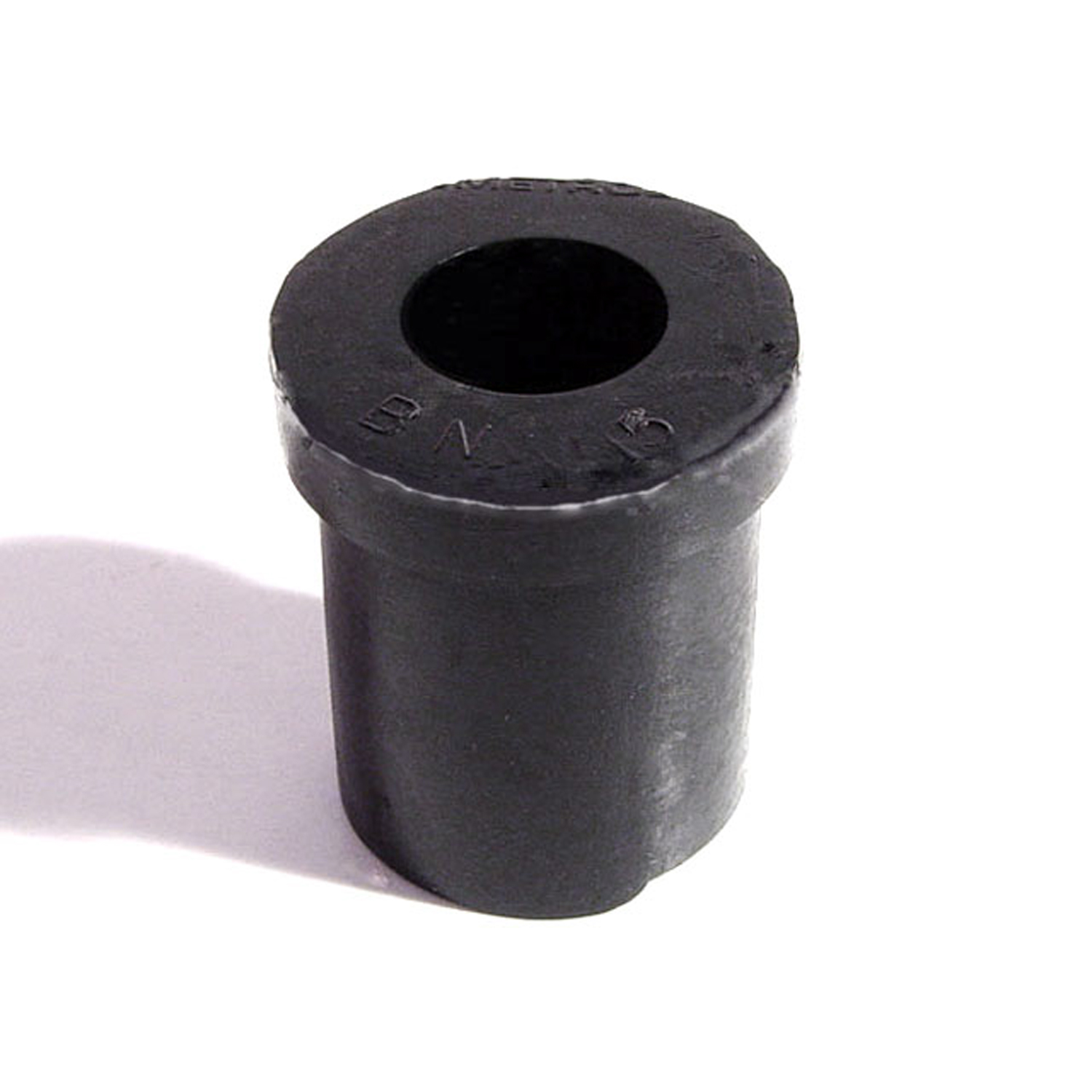 1942 Studebaker M16 Spring and Shackle Bushing. 7/8" bottom O.D-BN 15Spring and Shackle Bushing. 7/8" bottom O.D. X 1-1/8" high, with 1/2" I.D. Each
1942 Studebaker M16 Spring and Shackle Bushing. 7/8" bottom O.D-BN 15Spring and Shackle Bushing. 7/8" bottom O.D. X 1-1/8" high, with 1/2" I.D. Each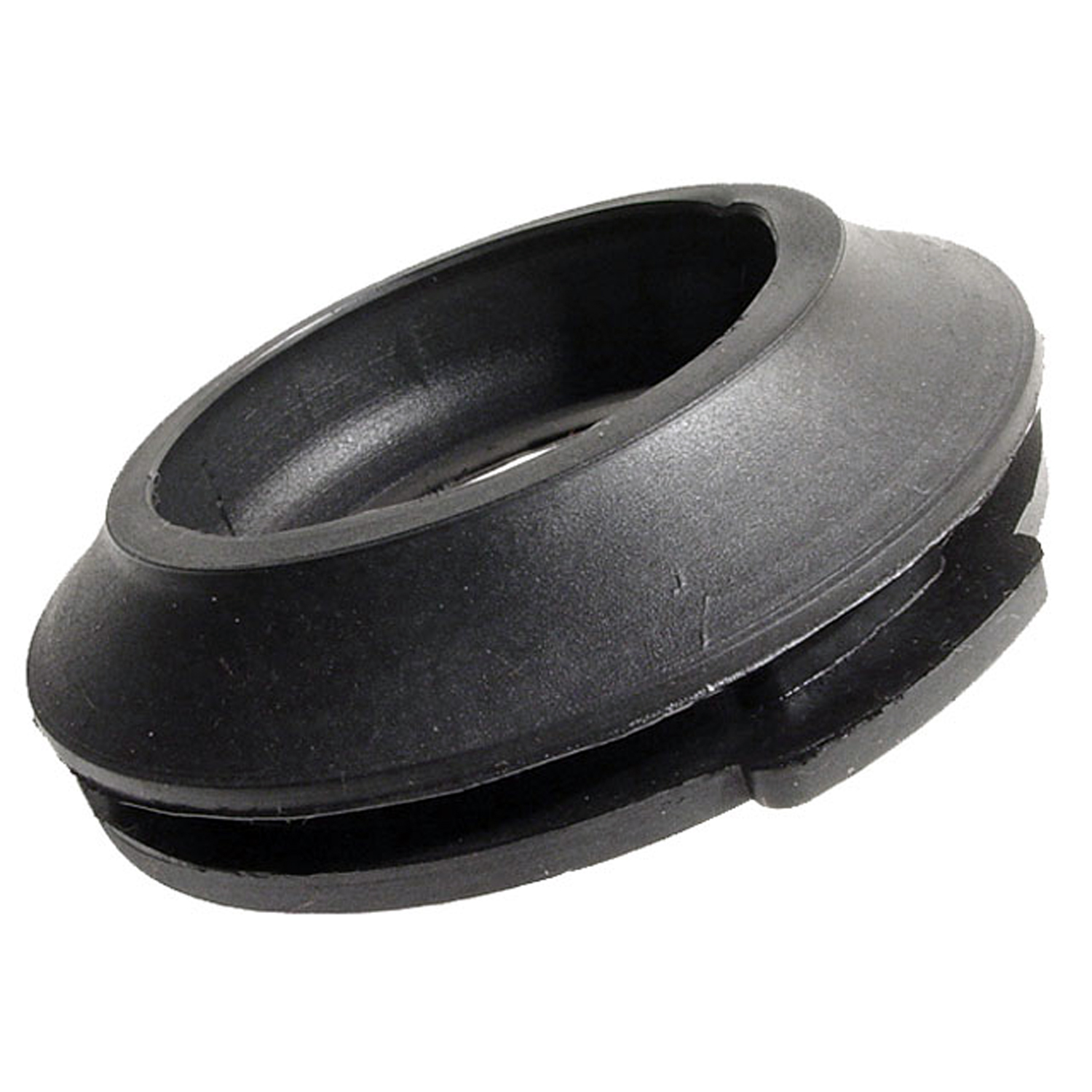 1942 Studebaker M16 Gas Filler Grommet. Perfect reproduction. Top 2-1/16" I.D-GF 45Gas Filler Grommet. Perfect reproduction. Top 2-1/16" I.D., 3-7/16" O.D. Each
1942 Studebaker M16 Gas Filler Grommet. Perfect reproduction. Top 2-1/16" I.D-GF 45Gas Filler Grommet. Perfect reproduction. Top 2-1/16" I.D., 3-7/16" O.D. Each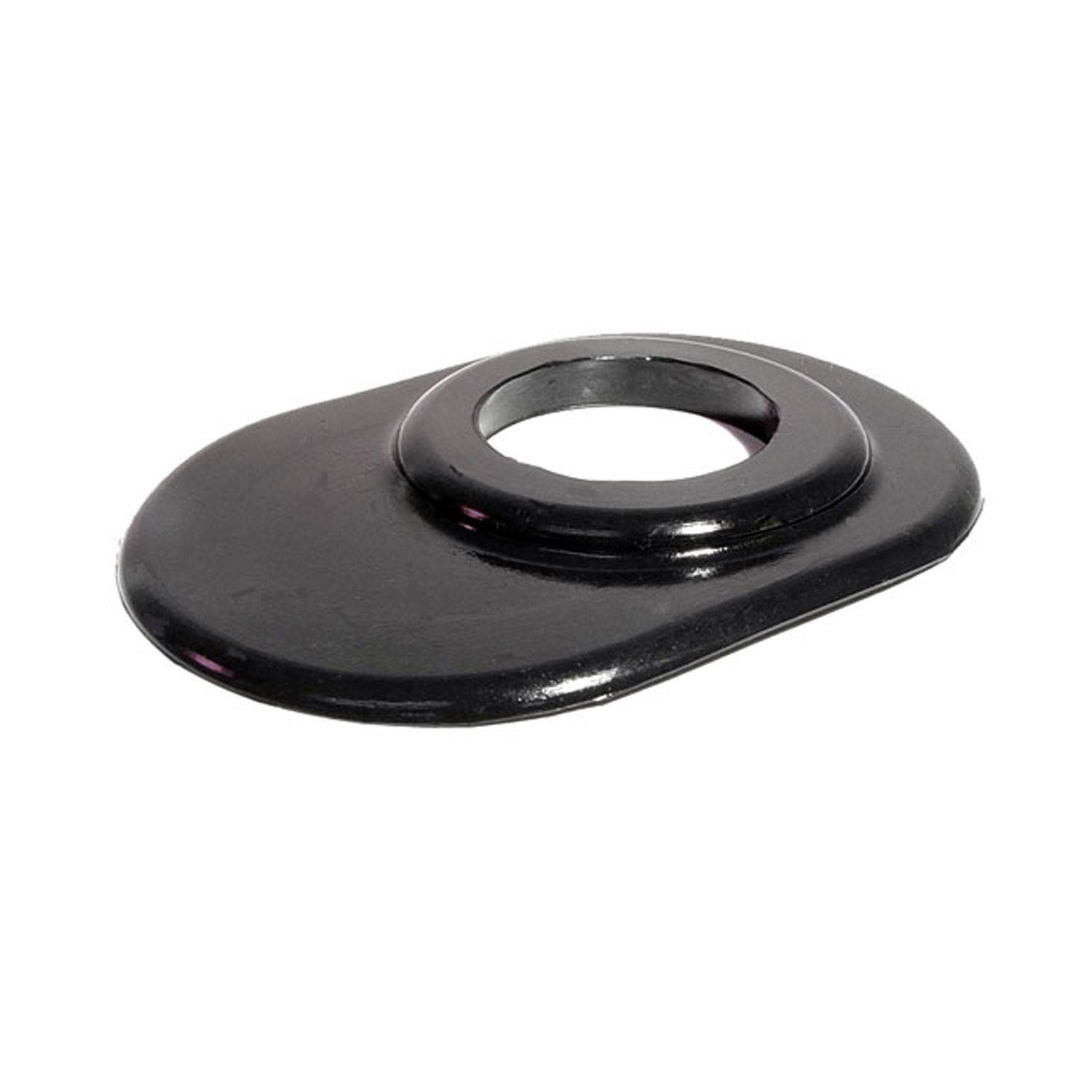 1942 Studebaker M16 Steering Column Grommet. For 4-speed models. Each-SC 24Steering Column Grommet. For 4-speed models. Each
1942 Studebaker M16 Steering Column Grommet. For 4-speed models. Each-SC 24Steering Column Grommet. For 4-speed models. Each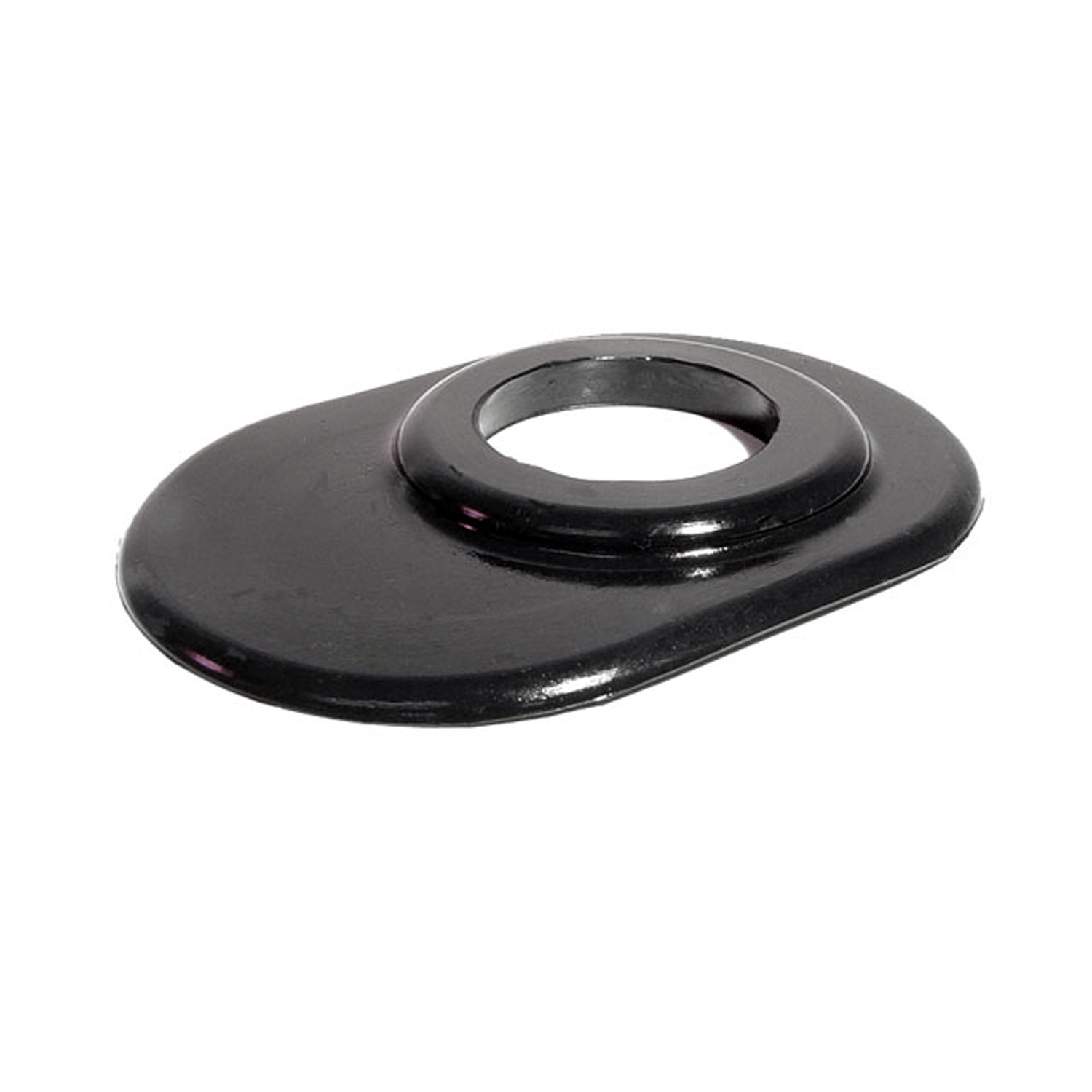 1942 Studebaker M16 Steering Column Grommet. For 3-speed models. Each-SC 24-ASteering Column Grommet. For 3-speed models. Each
1942 Studebaker M16 Steering Column Grommet. For 3-speed models. Each-SC 24-ASteering Column Grommet. For 3-speed models. Each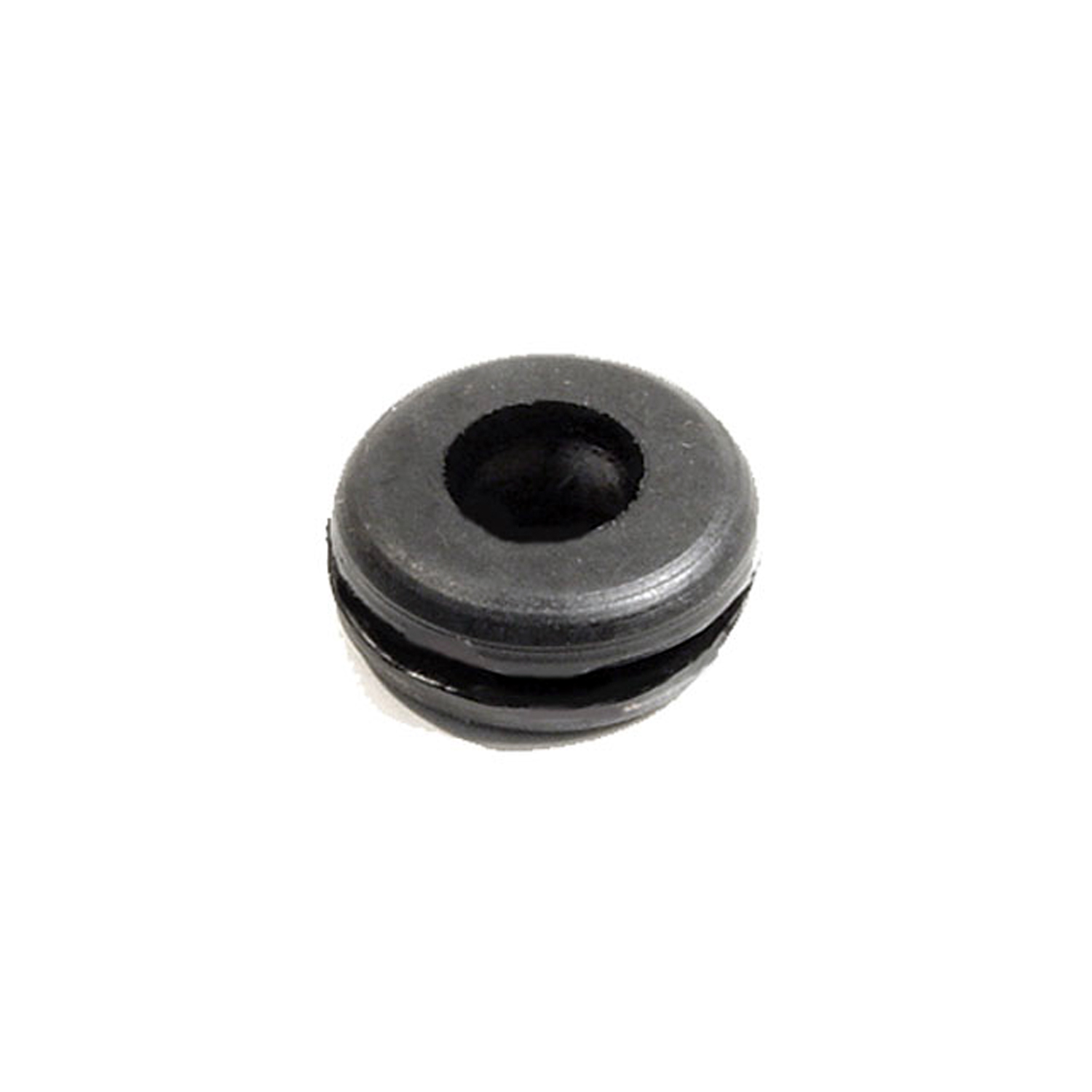 1942 Studebaker M16 Headlight & Tail-Light Wire Grommet. 3/8" I.D., 7/8" O.D-SM 13-AHeadlight & Tail-Light Wire Grommet. 3/8" I.D., 7/8" O.D. Each
1942 Studebaker M16 Headlight & Tail-Light Wire Grommet. 3/8" I.D., 7/8" O.D-SM 13-AHeadlight & Tail-Light Wire Grommet. 3/8" I.D., 7/8" O.D. Each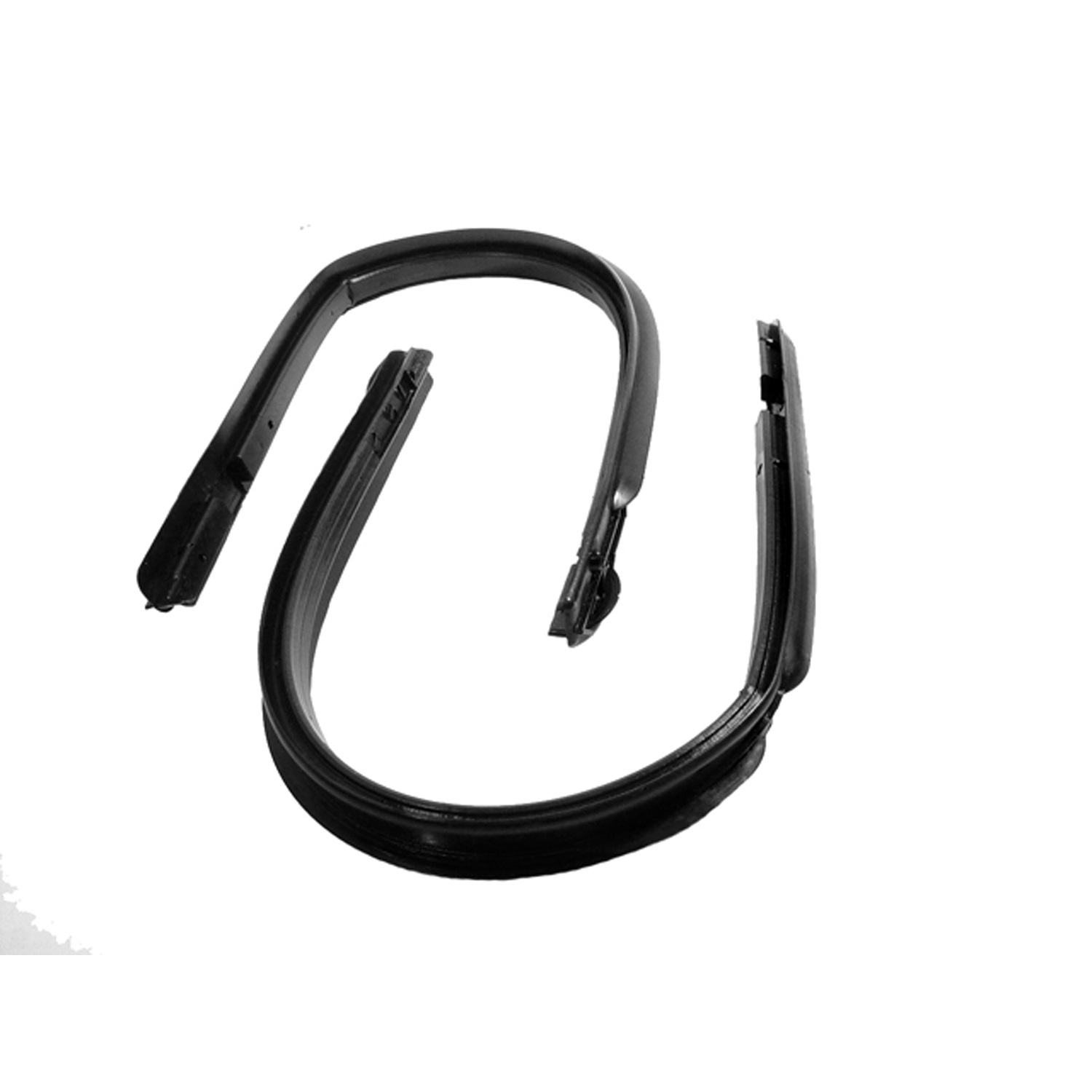 1942 Studebaker M16 Front Vent Window Seals. 28-7/8" long each. Pair R&L-WR 9401Front Vent Window Seals. 28-7/8" long each. Pair R&L
1942 Studebaker M16 Front Vent Window Seals. 28-7/8" long each. Pair R&L-WR 9401Front Vent Window Seals. 28-7/8" long each. Pair R&LWhy Choose Metro?
For over 100 years, Metro Moulded Parts has been the pinnacle of quality in classic car restoration parts. Our commitment to precision and authenticity in every component ensures a perfect fit and an OEM-level appearance.
- Expert Craftsmanship & Quality: Each part is a testament to our dedication to reliability and perfection, crafted from original designs and thoroughly tested.
- Advanced Technology: We use cutting-edge techniques to create flawless, long-lasting parts that surpass others in performance.
- SuperSoft Sponge – The Ultimate Door Seal: Not only are our door seals 30% softer than competitors', but they're also guaranteed to never leak. They effectively reduce wind and road noise, enhancing your classic car's comfort and driving experience.
- Proudly American: Our parts are a product of American craftsmanship, made in the USA with a spirit of excellence and heritage.
- Unrivaled Warranty: We back our products with a 30-year industry-leading warranty, a testament to our confidence in their quality.
Join us in preserving the legacy of classic cars with parts that are crafted for perfection, not just made.

